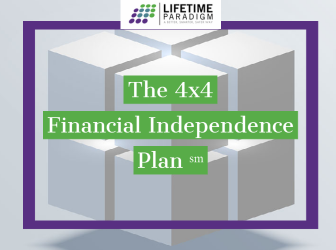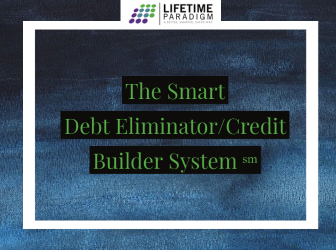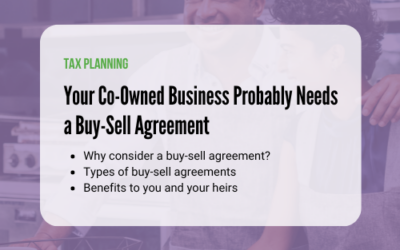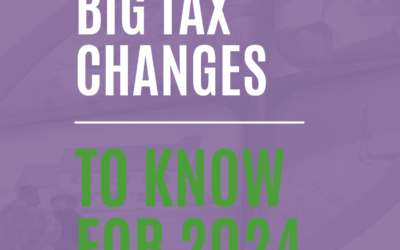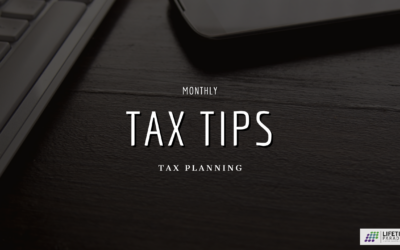Financial Independence
A Better Perspective
Podcast
EPISODE 18 Good and Bad Debt from a Financial Planning Perspective
Presented by Lance Edwards and Randy Luebke
In this episode of “Financial Independence – A Better Perspective”, Lance and Randy discuss the difference between bad debt and good debt – and how to use good debt prudently to make savvy investments that can pay dividends by producing income, leverage, and appreciation in value.
What you’ll learn in this episode:
- While people think “debt” is both literally and figuratively a four-letter word, there are major differences between bad debt and good debt.
- “Bad debt” is credit cards, generally used to acquire things that are either consumed or depreciate in value. You may be paying years in the future for whatever benefit you get. It’s expensive and you don’t want to have it. The reason people have bad debt is because they don’t have the cash reserves to take care of themselves when emergencies come up.
- ”Good debt” is debt that we use to protect and grow our wealth and increase our rate of returns because we’re going to use that debt to acquire assets that will appreciate in value and earn us money.
- On the plus side, a lot of credit cards offer good extended warranties, which double the warrantee of the manufacturer of the products you purchase. If you lose or damage something in the first 90 days, they’ll usually replace it for free. Despite these positives, Randy says he doesn’t want to carry the debt and accrue the interest that’s associated with the cards.
- There are nuances to these philosophies regarding bad debt, including the possible upsides of paying off a car that becomes a financial tool because it allows you to drive to work. But there is a difference between that and taking on $100,000 worth of student loan debt – especially if the job you get out of school pays $60,000 a year. Parents and college age children should discuss these issues.
- Randy’s firm has a tool called the Financial Independence Toolkit. It has a spreadsheet that shows people how to list their debts and get rid of the “snowball.” The idea is to put your largest debt to your smallest debt and start paying away on them, chipping away slowly.
- Randy’ spin on real estate investments is that everything we buy is financed 100% – even if you pay cash for it. It’s either financed with your money or someone else’s. He uses an example of a $500,000 house. If you have saved that amount, it’s in the bank earning 5% interest ($25,000). You take that $500,000 and buy the house free and clear. To get it, you’ve given up $25,000 grand (the interest), which is the opportunity cost. You financed it with your money. Whether you do it over 30 years or one lump sum, it’s the same thing. One way or another, you’re going to give up the opportunity cost.
- Randy then creates a scenario which contemplates whether you could make more money with that initial investment than the opportunity you’re giving up in order to do this financing. i.e. putting down only 20%. You’re better off using other people’s money to finance this property in this case – because of the opportunity cost. It allows for a positive arbitrage between the money you’re earning and the money you’re paying, i.e. the debt and the return on investment.
- Even when clients have the extra cash to do so, Randy recommends against making a bigger down payment than necessary. Doing the math, he explains that it would cost you $50,000 to save a hundred a month over the term of the mortgage. It would be smarter to keep that $50,000 in your bank account, even if it earned nothing, so that if you lost your job or your tenants left and your rental was empty, you would have money in reserve.
- Lance says that during COVID-19, the people who have cash reserves are picking up the most deals. Randy adds that he tells his clients they should have between three and six months rent in reserve for every property they have.
- You’re safer having money in the bank and less equity in your house. Because if something goes wrong, it’s the money in the bank that will help you get by. That’s why Randy says, “Debt is not a four-letter word. It can save and protect you.”
- If you own a house free and clear and there’s ever a lawsuit, attorneys will go after it. But if you’ve stripped the equity out of the property, or not created the equity in the first place by making a smaller down payment, you have built in asset protection. Randy then explains that his formula for how much debt a property can hold is based on cash flow.
- The average return on your cash for a rental property is around 30%. The mortgage/debt is being paid down every month by your renters. After five years, your renters have built up free equity for you, which is part of your return. It generally works out to be another six to seven percent ROI on your cash over a five-year period. At the same time, you’ve got appreciation going up, which is part of your return.
- If you had $500,000, it would be smarter to, instead of using it all for one property, to buy five and have five doors’ worth of rent coming in. If one was vacant, you would still have 80% of your income coming in.

IMPORTANT
The information contained in this newsletter is for general use and educational purposes only.
Your Co-Owned Business Probably Needs a Buy-Sell Agreement
Tax PlanningBradford Tax InstituteSay you’re a co-owner of an existing business. Or you might be buying an existing...
Big Tax Changes to Know for 2024
Financial Guides2024 has brought some big tax changes with it. It’s essential to stay informed about these...
The Smart Tax Planning Newsletter March 2024
Tax PlanningIn This Issue: IRAs for Young Adults Get Up to $32,220 in Sick and Family Leave Tax Credits New Crypto Tax...


